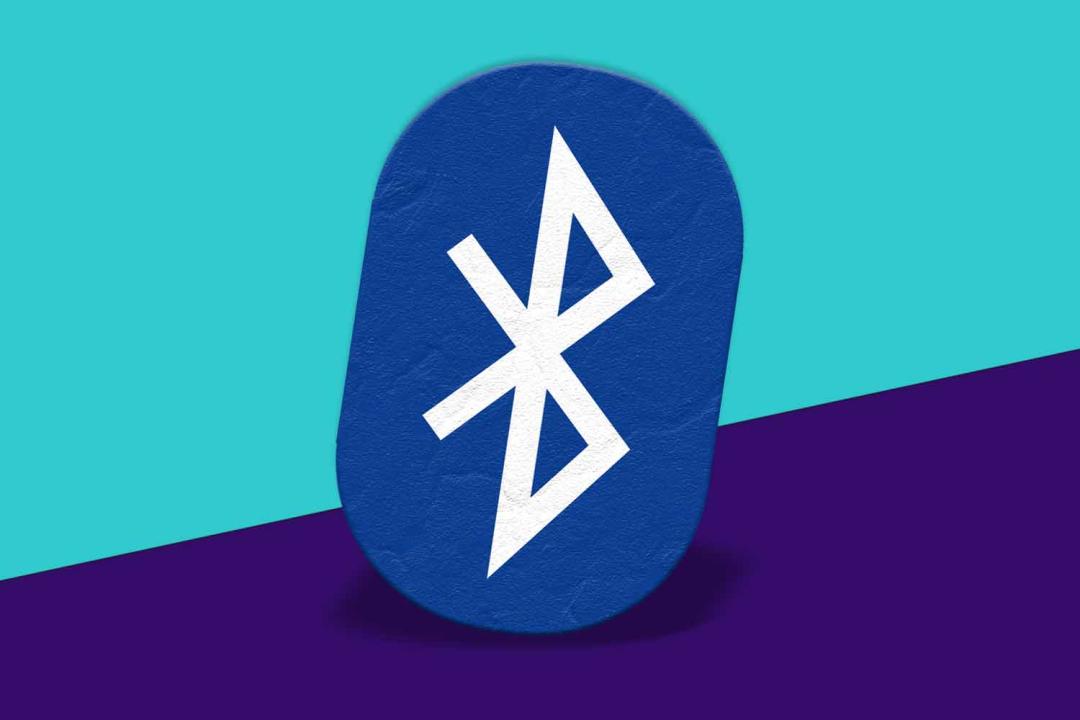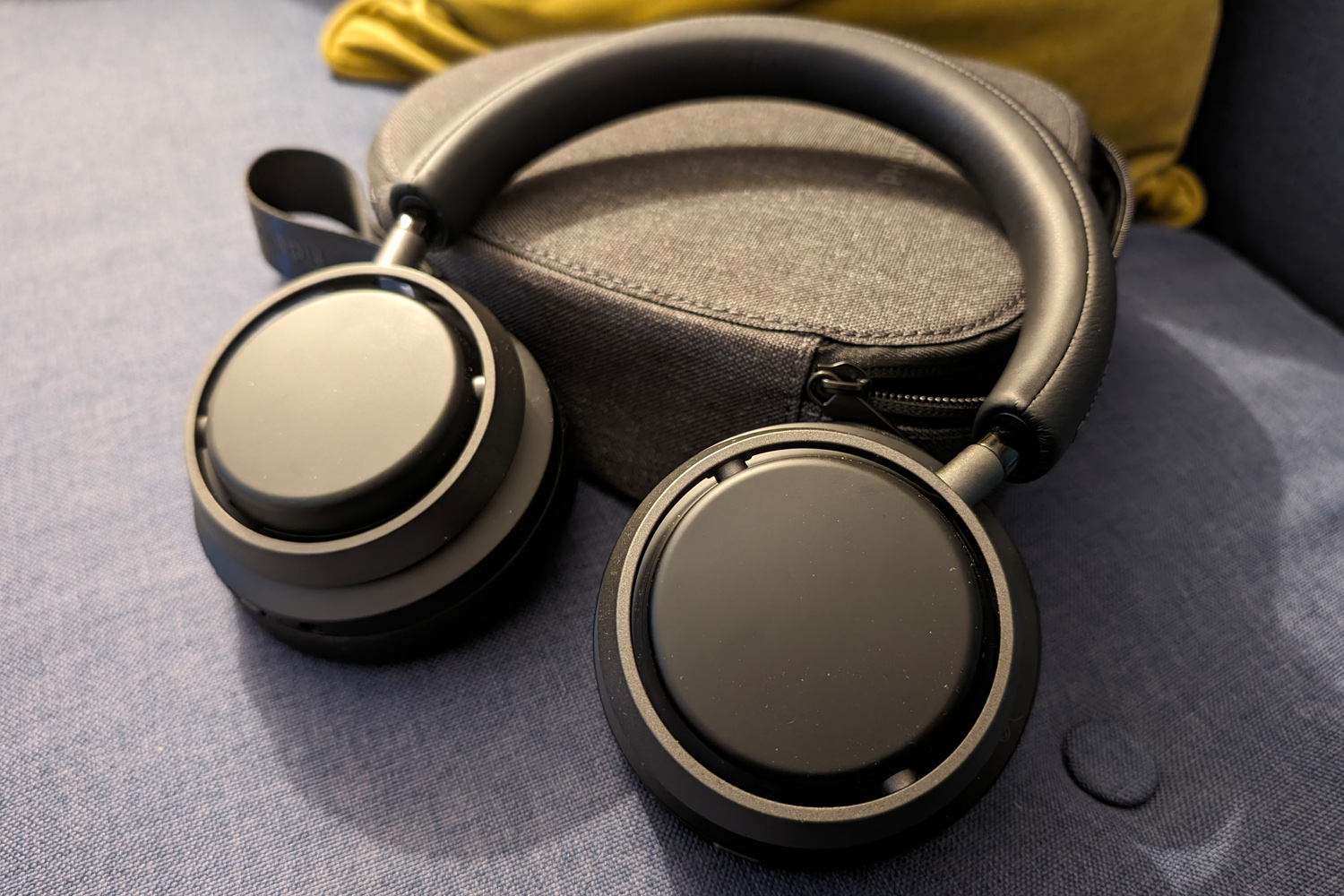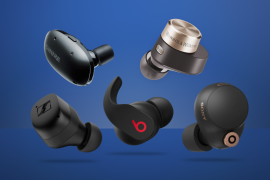What is Auracast? And when is the revolutionary Bluetooth audio-sharing tech coming?
Our full guide to the next big thing in Bluetooth audio tech

What is Auracast? It’s a valid question, especially as you’re going to see more and more of the best wireless earbuds and headphones landing with it over the coming months.
Maybe you’ve already seen it mentioned as the Next Big Thing. Perhaps you want to know if it’s worth dropping a bit of extra cash on. Either way, if you’re curious about the latest advancements in Bluetooth technology, you’ve come to the right place. Here’s what Auracast is, how it works, and when we can expect to see it in our devices..
What is Auracast?
Auracast is a new Bluetooth feature that’s part of the Bluetooth LE (Low Energy) Audio standard. It’s designed to allow for seamless audio sharing and broadcasting, opening up new possibilities for how we experience sound in shared environments.
In other words, Auracast enables a single audio source to broadcast to multiple listeners simultaneously. This means that in places like airports, gyms, or bars, you could potentially tune your earbuds into specific audio streams without the need for complicated setups or specialised equipment, letting you share audio experiences with other punters, while enjoying the crisp sound of your headphones. Sort of like a silent disco, we suppose.
How does Auracast work?

Now that we’ve covered what Auracast is, how does it actually work? In short, Auracast works by allowing transmitters (which could be smartphones, tablets, or even dedicated public transmitters) to broadcast an audio signal to an unlimited number of in-range receivers – typically in the form of Bluetooth 5.2 earbuds or headphones.
This is crucially very different from traditional Bluetooth connections, which typically involve pairing one device with another. With Auracast, it’s more like tuning into a radio station – you can see what broadcasts are available and choose which one to listen to.
The Bluetooth Special Interest Group (SIG, for short) has also confirmed that Auracast broadcasts can be password-protected for security, though many public audio broadcasts are likely to remain open access.
Why should you be excited about Auracast?
Auracast has several potential applications worth getting excited about. And here are but a few examples:
- Audio sharing: users can share audio from their devices with others nearby, enabling group listening experiences. Remember the silent disco we mentioned earlier? You could be the DJ.
- Public space audio: listeners can access audio from TVs or announcements in public areas like waiting rooms or gyms, letting them listen to the news or catch up on sports, without being distracted by the clunking of weights and/or incessant crowd chatter.
- Assistive listening: the technology can help overcome ambient noise in public spaces, which is particularly beneficial for individuals with hearing impairments.
When will Auracast be released?

Currently, Auracast is still in its early adoption phase. There are a few devices that have it built-in, like Philips’ Fidelio L4 headphones (above), and Senheisser’s latest Momentum buds.
Naturally, we’re expecting to see an influx of new headphones and earbuds land with the tech over the coming months, though it’s hard to say when you’ll be watching the next match or concert in your local pub in blissful isolation. Watch this space…



